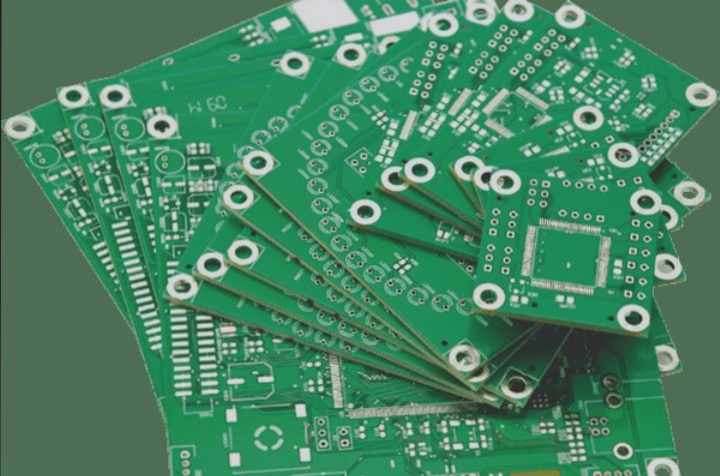The SMOBC Process and Plugging Method for Pattern Electroplating and Lead and Tin Stripping
- The SMOBC process for pattern electroplating and lead and tin stripping involves the following steps:
- 1. Start with a double-sided copper-clad board.
- 2. Follow the pattern electroplating process until etching.
- 3. Remove lead and tin.
- 4. Inspect the board.
- 5. Clean the board.
- 6. Apply solder mask patterning.
- 7. Perform nickel plating and gold plating plugging.
- 8. Plug with tape.
- 9. Conduct hot air leveling.
- 10. Clean the board again.
- 11. Screen print symbols.
- 12. Shape processing.
- 13. Wash and dry the board.
- 14. Inspect the final product.
- 15. Package the final product.
Main Process Flow for the Plugging Method
- The main process flow for the plugging method is as follows:
- 1. Begin with a double-sided foil-clad board.
- 2. Drill holes in the board.
- 3. Perform chemical copper plating.
- 4. Plate copper on the entire PCB board.
- 5. Block the holes.
- 6. Screen print imaging with a positive image.
- 7. Etch the board.
- 8. Remove screen print and block materials.
- 9. Clean the board.
- 10. Apply solder mask patterning.
- 11. Perform nickel plating and gold plating plugging.
- 12. Plug with tape.
- 13. Conduct hot air leveling.
- 14. Follow subsequent procedures until the final product is achieved.
The plugging method focuses on hole plugging and ink washing. In the hole plugging process, using special masking dry film instead of hole plugging ink and screen print imaging can eliminate the need to clean ink in the holes, but it requires a higher level of precision in applying the masking dry film. This process is known as the masking hole process.


